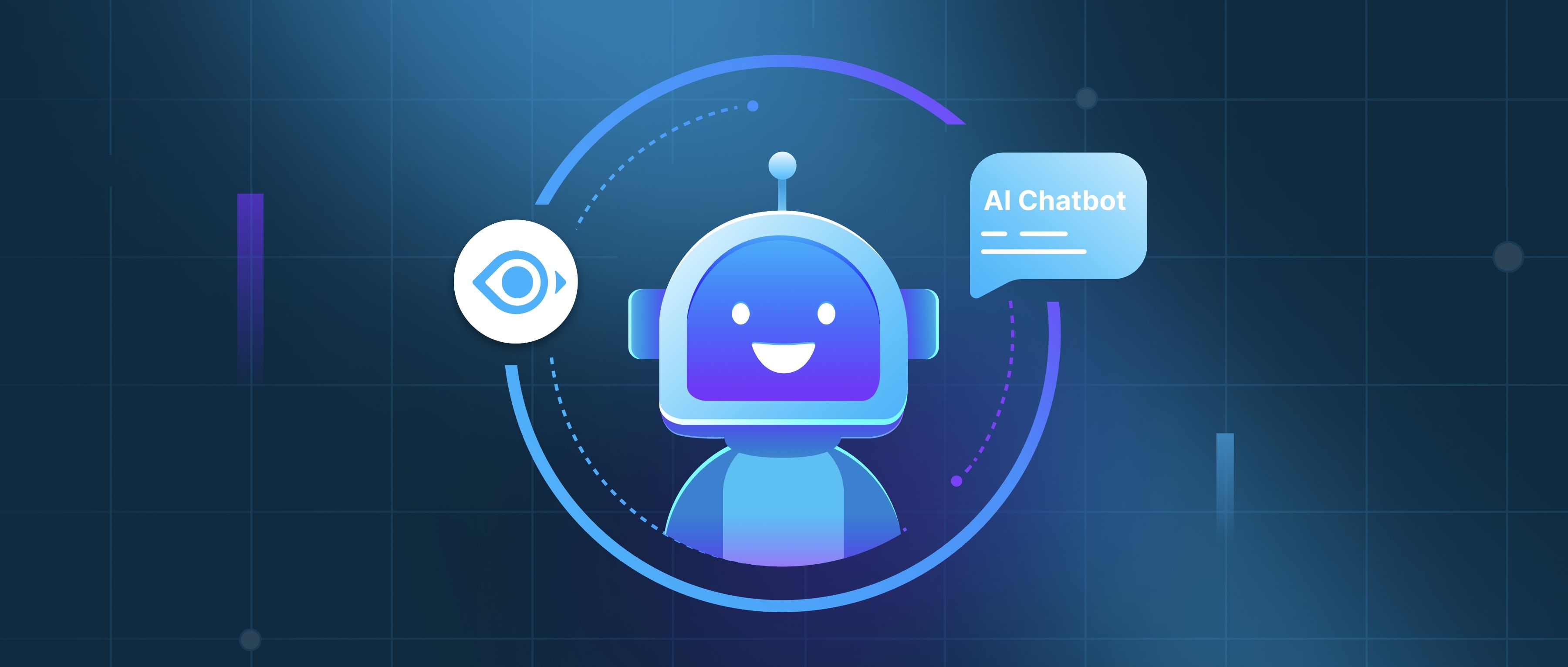Yes, OpenAI can generate images through models specifically designed for that purpose. One prominent example is DALL-E, a model created by OpenAI that generates images from textual descriptions. For instance, if you provide DALL-E with a prompt like “a hotdog in the shape of a raccoon,” it uses its training data to create a unique image that reflects that input. This capability allows developers to create visual content based on specific ideas or concepts without needing traditional graphic design skills.
In addition to DALL-E, OpenAI has developed models like CLIP that are capable of understanding images and their relationships to textual descriptions. CLIP can analyze images and categorize them based on various factors, such as relevance to a given text prompt. For example, if you have an image of an apple and input the text “a fruit,” CLIP will recognize that image as relevant. By combining these models, developers can create applications that generate and understand images in context, enabling richer user experiences across various platforms.
To use these image-generation models, developers typically interact with them via APIs provided by OpenAI. This allows for seamless integration into applications, such as generating marketing materials, creating artwork, or even providing visual feedback in educational tools. The flexibility and accessibility of these tools empower developers to enhance project features without necessitating extensive artistic resources.
